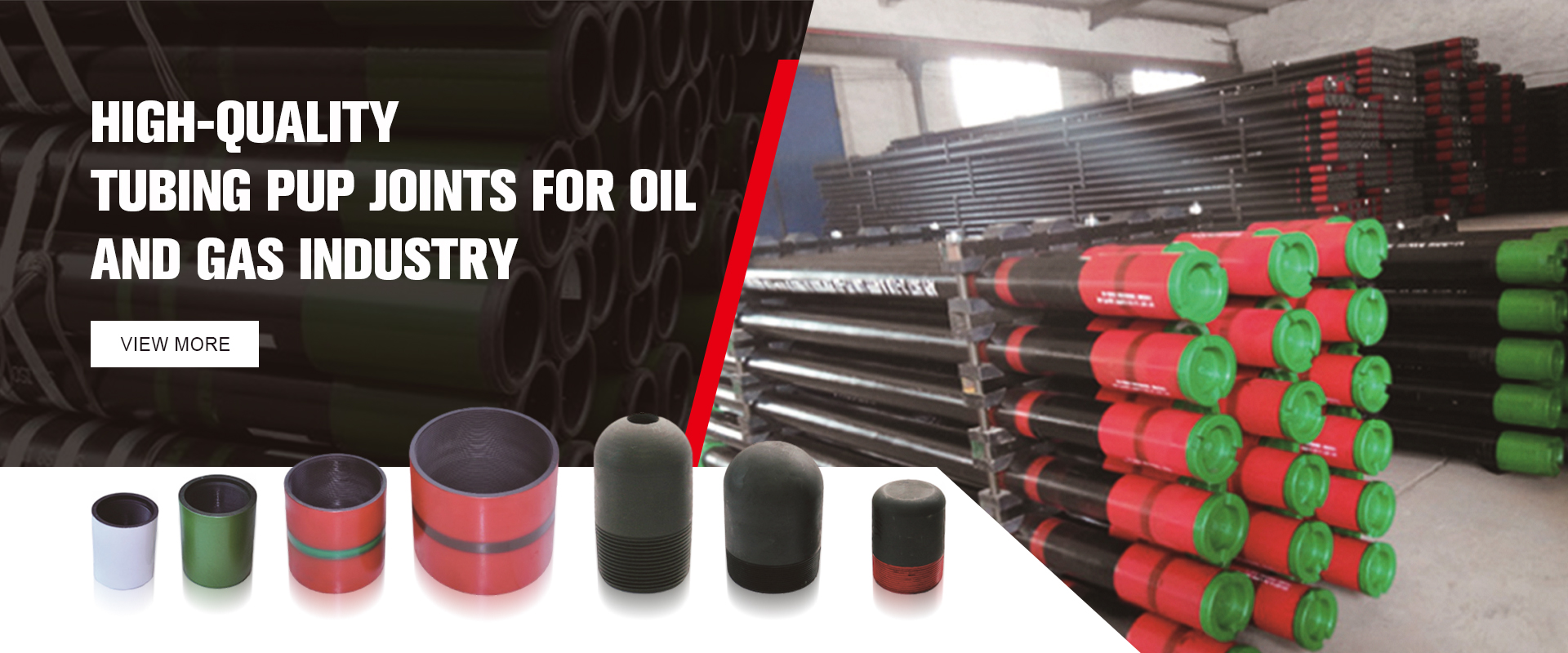- Afrikaans
- Albanian
- Amharic
- Arabic
- Armenian
- Azerbaijani
- Basque
- Belarusian
- Bengali
- Bosnian
- Bulgarian
- Catalan
- Cebuano
- Corsican
- Croatian
- Czech
- Danish
- Dutch
- English
- Esperanto
- Estonian
- Finnish
- French
- Frisian
- Galician
- Georgian
- German
- Greek
- Gujarati
- Haitian Creole
- hausa
- hawaiian
- Hebrew
- Hindi
- Miao
- Hungarian
- Icelandic
- igbo
- Indonesian
- irish
- Italian
- Japanese
- Javanese
- Kannada
- kazakh
- Khmer
- Rwandese
- Korean
- Kurdish
- Kyrgyz
- Lao
- Latin
- Latvian
- Lithuanian
- Luxembourgish
- Macedonian
- Malgashi
- Malay
- Malayalam
- Maltese
- Maori
- Marathi
- Mongolian
- Myanmar
- Nepali
- Norwegian
- Norwegian
- Occitan
- Pashto
- Persian
- Polish
- Portuguese
- Punjabi
- Romanian
- Russian
- Samoan
- Scottish Gaelic
- Serbian
- Sesotho
- Shona
- Sindhi
- Sinhala
- Slovak
- Slovenian
- Somali
- Spanish
- Sundanese
- Swahili
- Swedish
- Tagalog
- Tajik
- Tamil
- Tatar
- Telugu
- Thai
- Turkish
- Turkmen
- Ukrainian
- Urdu
- Uighur
- Uzbek
- Vietnamese
- Welsh
- Bantu
- Yiddish
- Yoruba
- Zulu
Innovative Designs for Efficient Coupling Tube Fittings in Industrial Applications and Home Projects
Understanding Coupling Tube Fittings A Comprehensive Overview
In the realm of fluid and gas transfer systems, the choice of fittings is crucial for ensuring efficiency and reliability. Among the various types of fittings available, coupling tube fittings play a significant role in connecting pipes or tubes in systems requiring a secure and leak-proof seal. This article delves into the purpose, types, advantages, and applications of coupling tube fittings, providing a thorough understanding for engineers, technicians, and DIY enthusiasts alike.
What are Coupling Tube Fittings?
Coupling tube fittings are specialized components designed to connect two tubes or pipes in a fluid system. They allow for the transfer of liquids or gases while maintaining the integrity of the system. Depending on the application requirements, these fittings can accommodate various sizes and pressures, making them versatile components in multiple industries.
Types of Coupling Tube Fittings
There are several types of coupling tube fittings, each designed for specific applications and materials. The most common types include
1. Compression Fittings These fittings use a compression mechanism to secure the tube in place. They consist of a body, a nut, and a ferrule. When the nut is tightened, it compresses the ferrule around the tube, creating a tight seal. Compression fittings are widely used in plumbing and hydraulic applications due to their ease of installation and ability to handle high pressures.
2. Quick Connect/Disconnect Fittings These fittings allow for rapid and easy connection and disconnection of tubes or hoses without the need for tools. They are particularly useful in applications requiring frequent maintenance or changeover, such as in automotive and manufacturing environments.
3. Welded Fittings For systems requiring permanent connections, welded fitting options are available. These fittings are attached to the tubing by welding, ensuring a rugged and durable bond. Welded fittings are commonly used in high-pressure applications where leaks could be catastrophic.
4. Barbed Fittings These fittings have ridges or barbs that grip the tubing, providing a secure yet non-permanent connection. They are often used in applications involving flexible tubing, such as in garden hoses or laboratory environments.
Advantages of Coupling Tube Fittings
The use of coupling tube fittings comes with numerous benefits
coupling tube fitting

- Leak Prevention Properly installed tube fittings create a reliable seal that reduces the risk of leaks, which is essential for safety and efficiency in fluid transfer systems.
- Versatility Coupling tube fittings are available in various sizes, materials, and designs, making them adaptable to a wide range of applications, from domestic plumbing to industrial systems.
- Ease of Maintenance Many coupling designs, especially quick connect fittings, make maintenance and repairs simpler, allowing for efficient system uptime
.- Durability High-quality materials such as stainless steel, brass, and plastic ensure that coupling tube fittings can withstand harsh environments and high-pressure conditions.
Applications of Coupling Tube Fittings
Coupling tube fittings find applications in numerous fields
- Automotive Industry Used in fuel lines, hydraulic systems, and cooling systems to ensure fluid transfer without leaks.
- Aerospace Essential in ensuring the integrity of fuel and hydraulic systems, where precision and reliability are paramount.
- Chemical Processing Used to connect tubing that carries corrosive substances, requiring materials that can withstand harsh conditions.
- Medical Equipment Critical for the safe and sterile transfer of fluids, requiring strict adherence to regulatory standards.
Conclusion
Coupling tube fittings are indispensable components in many fluid and gas transfer systems. Their ability to provide secure connections that are both reliable and easy to maintain makes them a preferred choice in various industries. Understanding the different types and applications of these fittings allows professionals to make informed decisions, enhancing the efficiency and safety of their systems. Whether in a high-pressure chemical plant or a simple home plumbing system, coupling tube fittings are a vital link in fluid transfer technology.
-
Tubing Pup Joints: Essential Components for Oil and Gas OperationsNewsJul.10,2025
-
Pup Joints: Essential Components for Reliable Drilling OperationsNewsJul.10,2025
-
Pipe Couplings: Connecting Your World EfficientlyNewsJul.10,2025
-
Mastering Oilfield Operations with Quality Tubing and CasingNewsJul.10,2025
-
High-Quality Casing Couplings for Every NeedNewsJul.10,2025
-
Boost Your Drilling Efficiency with Premium Crossover Tools & Seating NipplesNewsJul.10,2025







